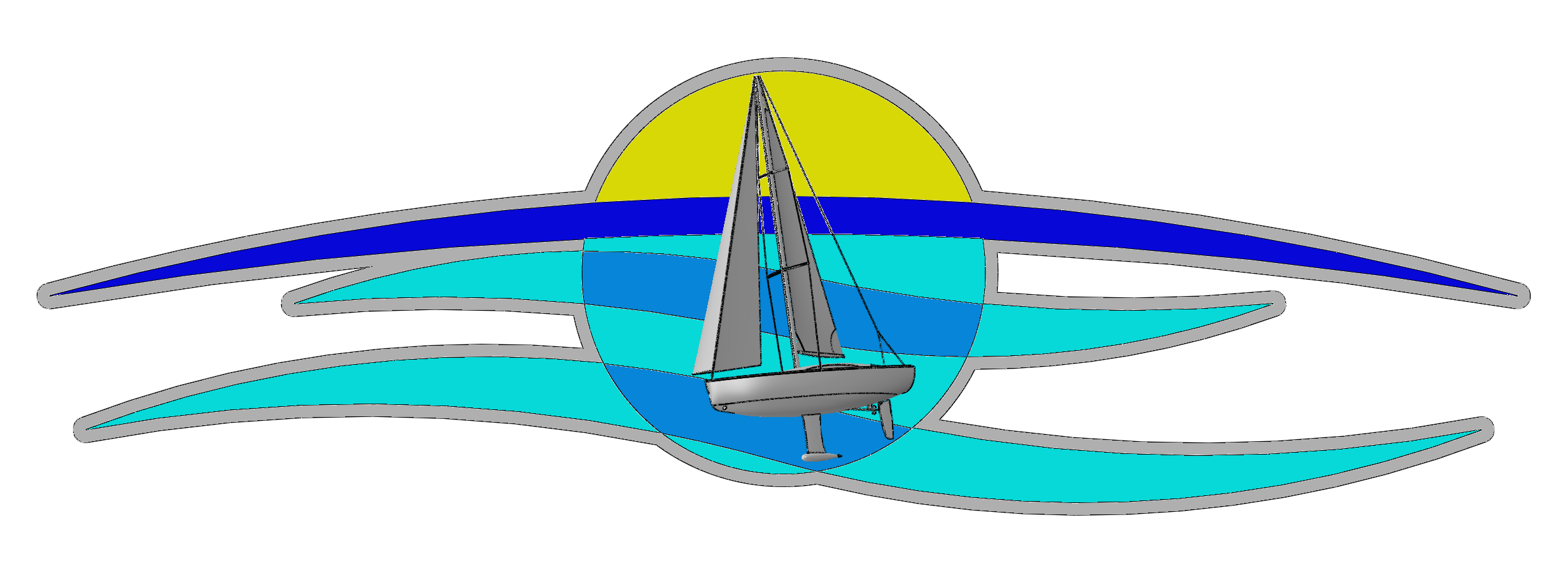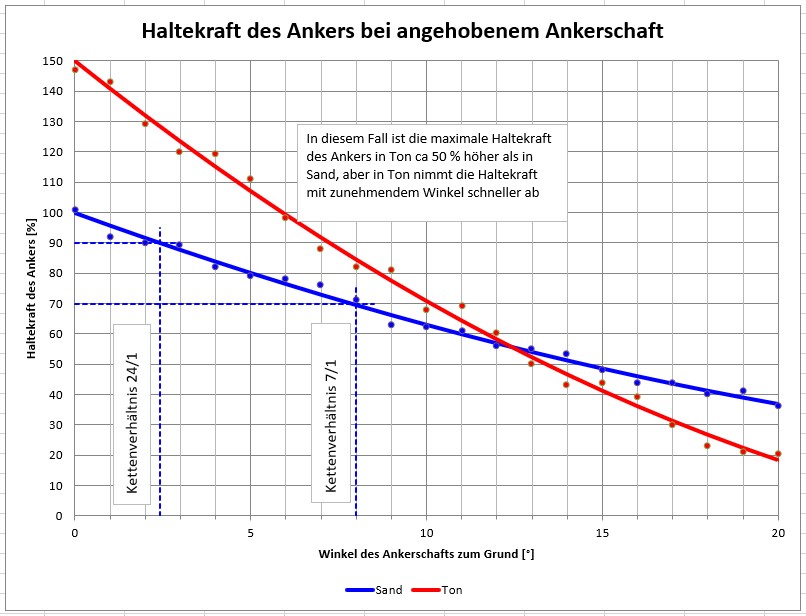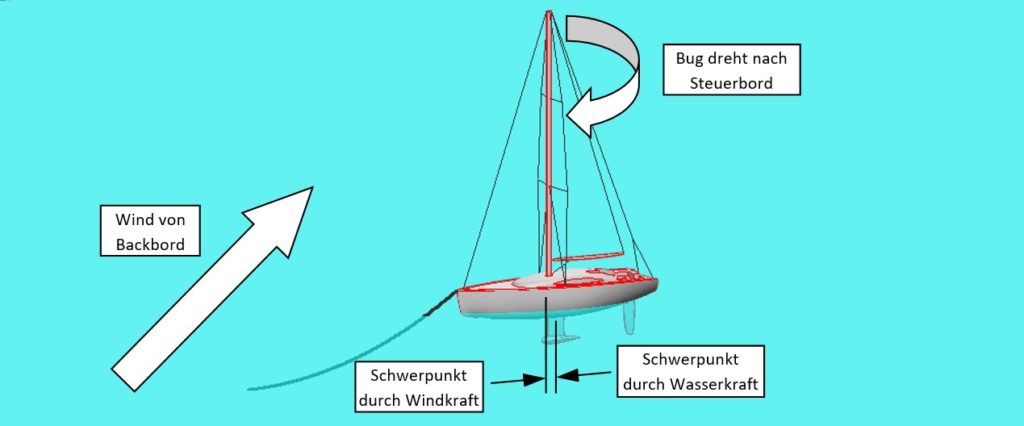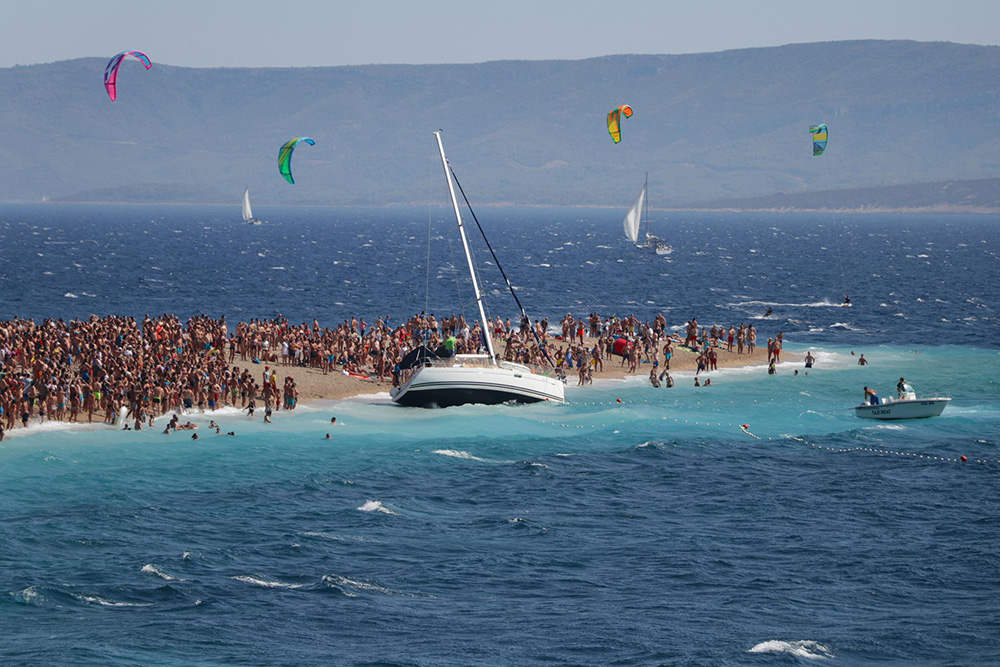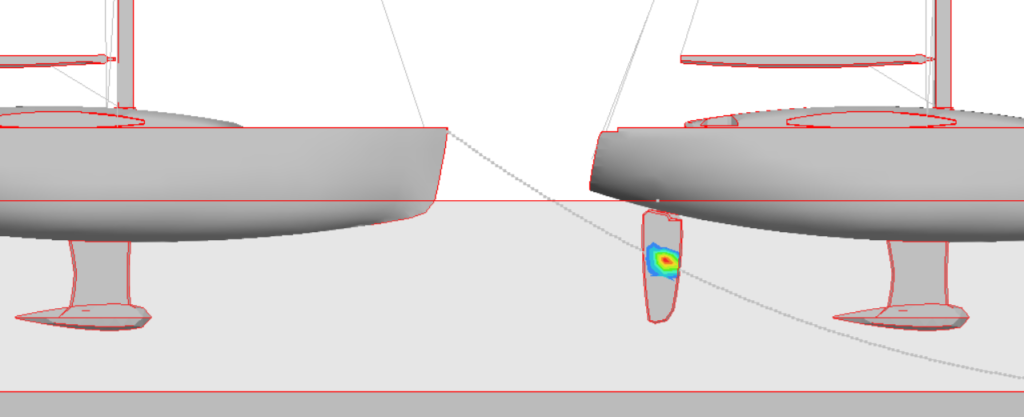Anchoring is becoming increasingly attractive and important to skippers and crews for the following reasons:
- Mooring fees in marinas have become very expensive; in Croatia it is not unusual to pay €100 for a 45-foot yacht, sometimes even more, depending on the season.
- For buoys, you often pay half the price of a berth in a marina, even though you don’t get any infrastructure for it.
- There is no harbour on your leg of the journey, or it is already fully occupied, or it is in an unfavourable location because of the weather forecast.
- You and your crew simply prefer to enjoy the peace and quiet, nature and the sunset in an idyllic bay, away from the hustle and bustle of nautical tourism, and to gaze up at a unique starry sky at night without disturbing extraneous light. It is one of the most beautiful experiences of a sailing holiday.
But many charter skippers, at the latest when they go to sleep, have an uneasy feeling at the thought that an anchor on several metres of chain is lying somewhere invisible on the bottom and is supposed to hold a yacht weighing several tonnes. Of course, the crew feels this too. To give you confidence in anchoring, I explain in this article in a transparent way what you really need to know about choosing the anchorage, the right chain length and the anchoring manoeuvre. The selection of the anchorage and the manoeuvre always follows the same pattern. The correct chain length is what most skippers get wrong and that’s why I go into more depth on this topic. Especially because you can actually calculate the required chain length. Everything you have learned so far on the subject of chain length from literature, textbooks or other people was probably partly contradictory, wrong or unfulfilling and in the end only made you feel insecure.
